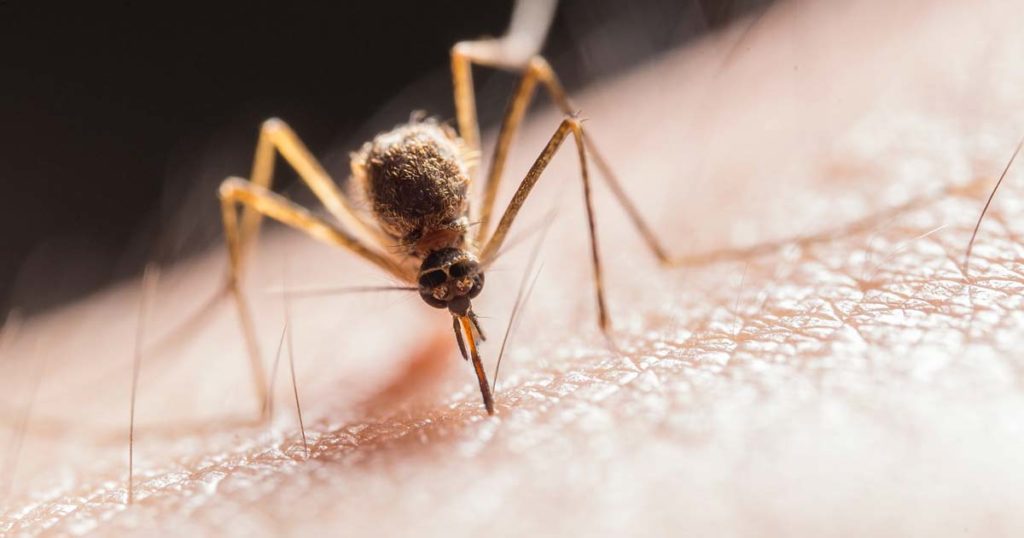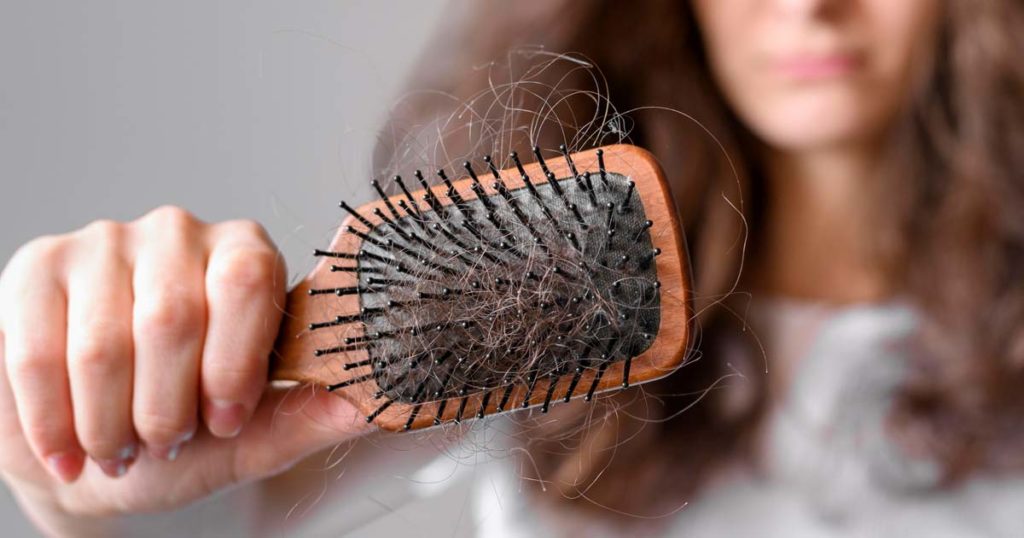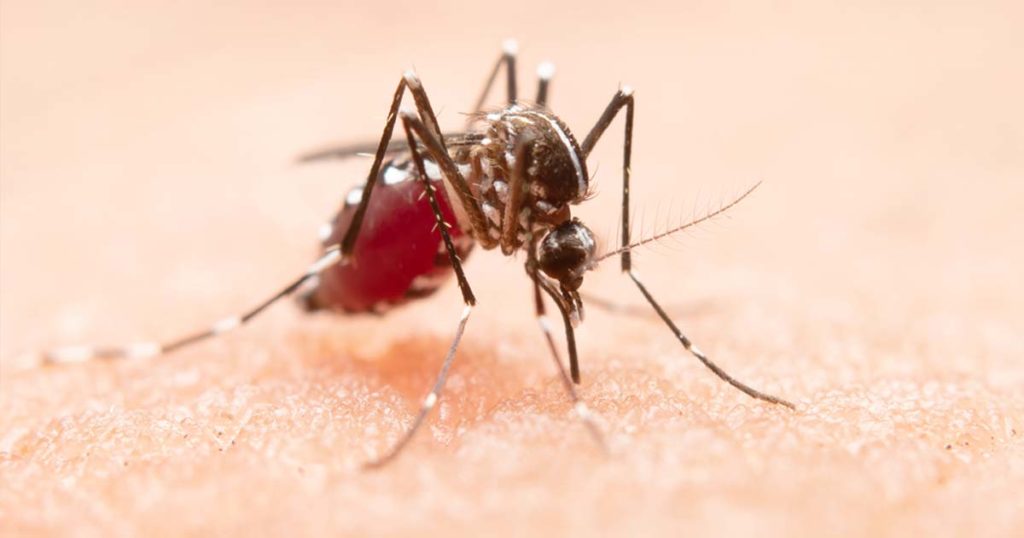There is no way of escaping the little critters and for the most part, insects are harmless although the insect bites can be quite annoying.
It is important to try and be able to identify some common insect bites so that if you or someone you know happens to have a run in with the little creatures, you will have an idea on how to treat the bug bite.
Here you will find tips on how to identify insect bites such as ticks, head lice, fleas, bed bugs, fire ants, and ways in which you can treat the bug bites.
Insect Identification: Ticks
If you have not had the chance to identify an insect such as a tick, consider yourself lucky. Ticks can be quite a nuisance and you have a high probability of coming in contact with a tick if you spend a lot of time outdoors especially in wooded type areas. Ticks like warm, moist areas on the body such as the groin area and armpits, the tick will latch on and borough into the skin to suck the blood from the host site. Not all ticks carry disease but some do carry Lyme disease so it is important to remove the tick from the skin as soon as it is found. Signs of Lyme disease include a circle-shaped rash and may also include a fever, extreme tiredness, and headache.
Insect Identification: Head Lice
Lice typically lay their eggs at the base of the neck and behind the ears, the eggs or nits as they are sometimes called will attach to the hair follicles. If you identify head lice in a person’s head, it is important to purchase shampoo, lotion, or the various other types of products that are specifically made for the removal of head lice. It is also important to wash the bedding, hair products such as hairbrushes and combs, or anything that has come in contact with the hair that may cause the head lice to spread.
Insect Identification: Fleas
Fleas are typically thought of as being a nuisance to animals but fleas can cause very uncomfortable insect bites on humans too. Fleas live off of blood, so flea bites often look like a raised red bump with a tiny pin size hole in the center. One of the most helpful preventatives for flea infestation is to keep pets free of fleas, this can be done by using a monthly flea preventative on the pets. Another helpful preventative tip is to keep pets out of the human bed, many times fleas spread to humans by way of contact in the bed. If flea infestation does occur, it is important to use a flea bomb in the home to remove all the fleas and to vacuum carpets on a daily basis.
Insect Identification: Bed Bugs
There seems to be an increase in cases of bed bugs over the past year; bed bugs tend to reside in the bedding of places where there is a high amount of people sleeping such as hotels and apartments; although bed bugs can reside in family homes. Bed bugs leave bites that are itchy and tend to bite on the arms and shoulders but it is important to note that they can bite any part of the body. Bed bug bites will heal most of the time on their own but if scratching persists then a cortisone-type product can be purchased at the local drug store.
Insect Identification: Fire Ants
Fire ant bites will tend to cause hive-like bites and the insect bites often burn and itch. It is possible that a small amount of pus will fill up in the center of the bite. A pain reliever purchased from the local drug store will most likely help with the discomfort but if the pain seems extreme and there is an allergic reaction occurring, medical care should be sought immediately.
There is no need to panic over insect bites, most bug bites will heal on their own but it is important to be able to identify the type of insect bites that you are dealing with so that you can make the correct choice on how to handle the care and healing of the insect bite.
Sources:
- http://organizedwisdom.com/How_to_Identify_Insect_Bites
- http://www.webmd.com/allergies/slideshow-bad-bugs
- http://www.lib.uiowa.edu/HARDIN/MD/insectpictures.html






